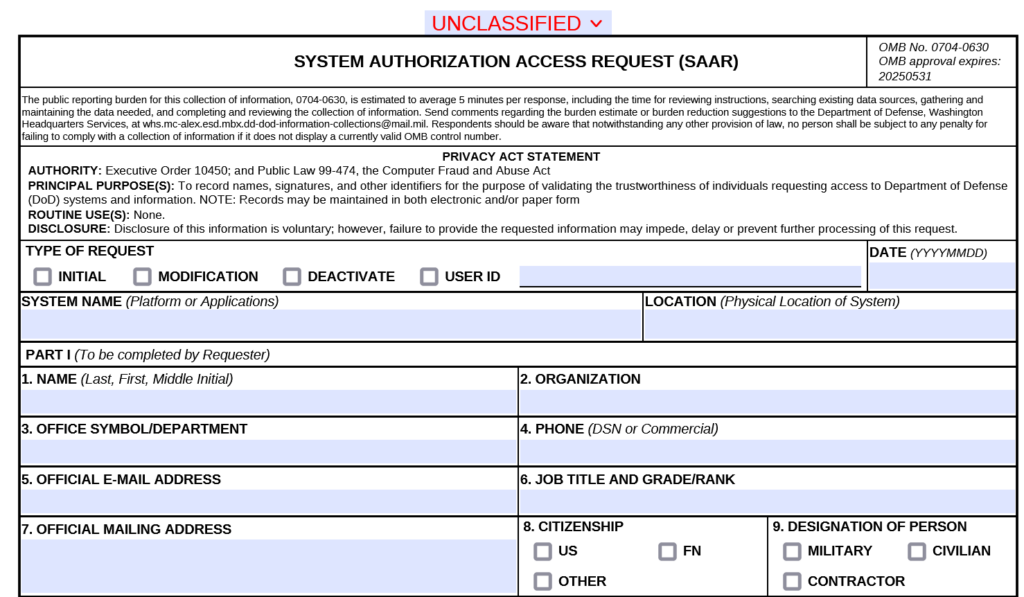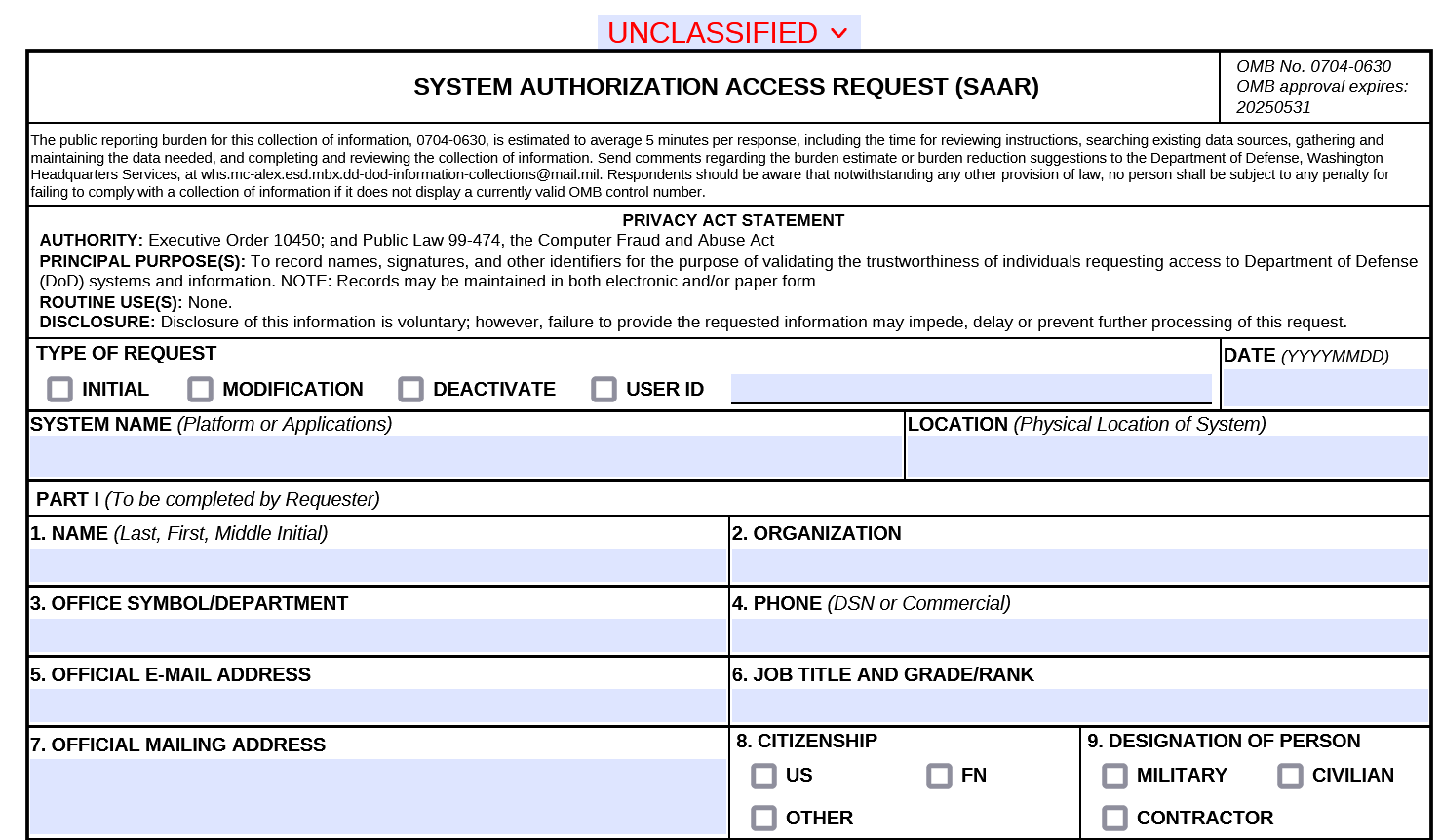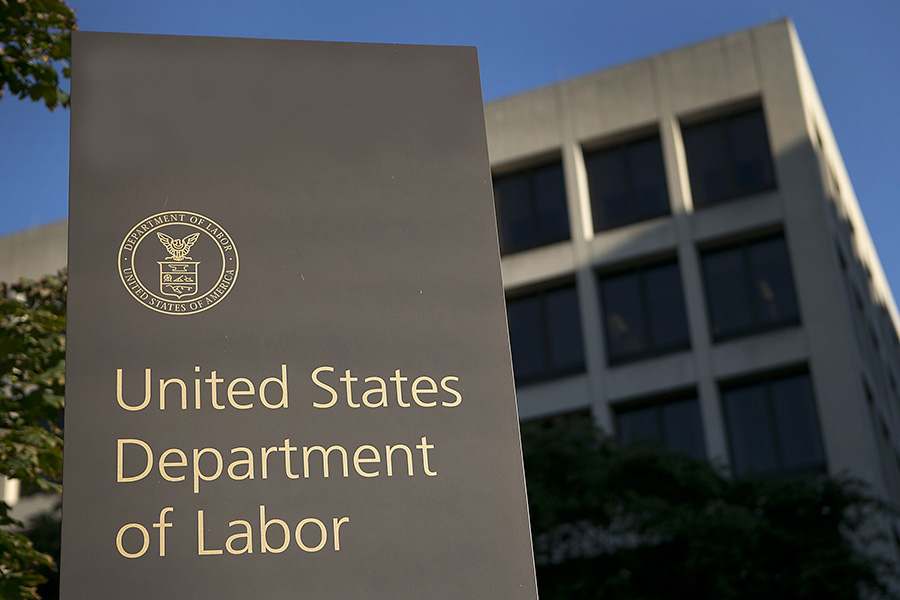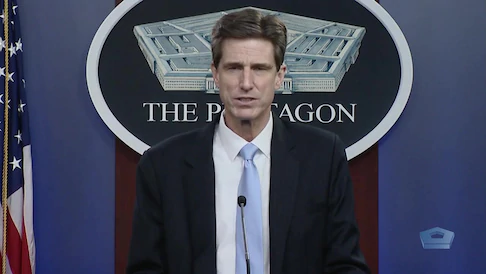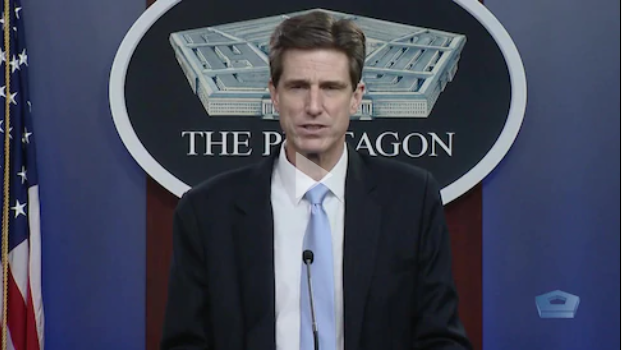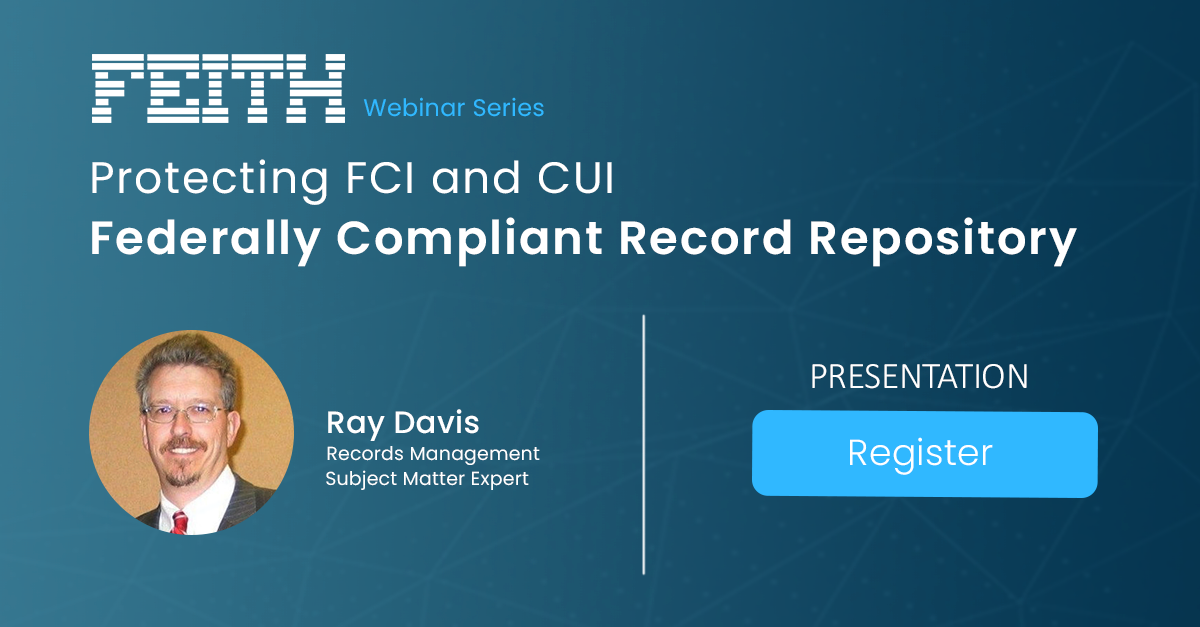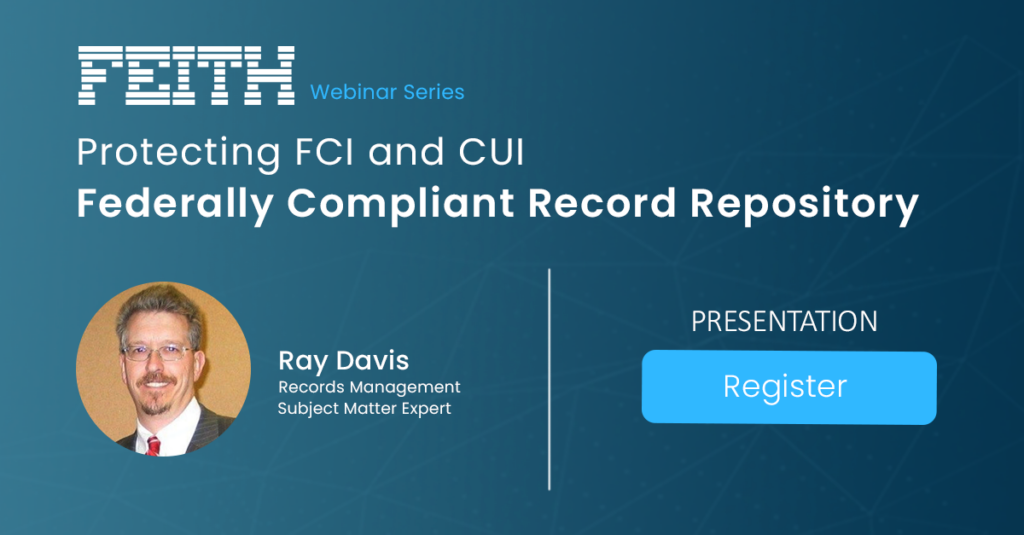WALTER E. WASHINGTON CONVENTION CENTER
Feith Systems is a proud sponsor of 930gov! We’ll be in attendance and would love to connect with you. Stop by Booth #207 in the Expo Hall to learn more about how our software solutions can help your agency streamline its Records Management program, Case Processes, and digital workflows. We hope to see you there!
If you’re looking for a way to stay up-to-date on the latest trends in government technology, 930gov is the perfect conference for you. With five tracks full of informative content, an Expo Hall full of vendors, and plenty of networking opportunities, you’re sure to find everything you need to take your agency’s IT game to the next level. Register today and we’ll see you at 930gov!
With five tracks to choose from, you’re sure to learn real-world actionable insights:
- Records Management
- Federal Data Strategy
- Zero Trust/Cyber
- Cloud / IT Modernization & AI
- Enterprise Architecture
Why should I attend?
- 65 Expert speakers ready to delve deep into government technology ideas, best practices, and more
- Network with their peers, learn from one another, and find new ways to tackle IT challenges
- An Expo Hall full of government technology vendors eager to discuss the latest industry advances
- CPE credits available for participating
- Registration is free for government/academia/non-profit
Whether you’re a government IT professional, contractor, or just interested in learning about the latest trends in government technology, 930gov is the place to be!
Check out the agenda —
Records Management Track
7:30am – Registration
8:00am – Strategic Focus 2022 & Agency Perspectives on M-19-21
Laurence Brewer, Chief Records Officer U.S. Government
Walter Bohorfoush, Director, Department’s Records Management Office, Department of Transportation
8:45am – Capstone Revisited: So How Is Your Agency Doing with Email Retention?
Since the end of 2016, NARA has required email to be managed in electronic form. On the order of 250 federal agency components voluntarily have adopted NARA’s Capstone approach to meeting their email obligations. How is it working? What challenges have agencies faced? And are agencies considering expanding Capstone to include other types of electronic messages (texts, chats, ephemeral apps) sent by senior agency officials?
Jason R. Baron, Professor of Practice, University of Maryland, College of Information Studies (iSchool) (moderator)
Patrice Davis, CA, Assistant Director, Office of Records Management Policy, FOIA, and eDiscovery (ORMP), Justice Management Division, Department of Justice
9:30am – Visit Exhibit Hall – Networking Break
10:30am – FREEDOM: A Proven Software as a Service (SaaS) Cloud RM Platform
FREEDOM stands for Federal Records Enterprise Electronic Document Management. It was developed to satisfy the ERM needs of any size agency or budget. Reducing costs without compromising enterprise functionality is central to the service’s architecture. The concept is to allow any agency to virtually “turn on” the system, easily configure a few settings, then begin ingesting documents via scanning or electronic uploads into a fully compliant system including all necessary workflows from ingest to NARA disposition.
Babi Das, President & CEO, Data Federal Corporation
11:00am – Protecting Information Through Compliant Data Destruction
Federal agencies are progressing in their transition to a digital-first environment. This environment is evolving quickly due to the nature of technology proliferation. In this session, find out the four key factors driving the need for comprehensive IT Asset Disposition in the Federal Government.
Tyler Morris, Senior Director, Public Sector Programs & Strategy, Iron Mountain
11:30am – EEOC Benefits from FedRAMP Digital Transformation Platform
Manual processes and outdated systems create a lag in responding to FOIA requests accurately and efficiently. Now more than ever, making government records available for citizen access is critical for transparency. How can your agency meet these demands quickly and securely? This session will cover how the U.S. Equal Employment Opportunity Commission (EEOC) is meeting their FOIA request demands by utilizing a FedRAMP FOIA and Case Management solution within the Armedia Content Cloud.
Ray Azarm, Vice President Enterprise Practice, Armedia
Everick Bowens, Customer Service Management Division Director, EEOC
12:00pm – Visit Exhibit Hall – Attendee Networking Lunch
1:30pm – Intelligent Enterprise Content Management
2:00pm – eDiscovery: Recent Developments & What Lies Ahead
Nicholas Wittenberg, Associate VP/Sr Manager, Deloitte and former Sr Legal Counsel, White House Office of Science and Technology (moderator)
Retired U.S. Magistrate Judge John M. Facciola, Adjunct Professor Law, Georgetown University
Glenn Melcher, Special Counsel for eDiscovery, Office of Enforcement, CFPB (pending agency approval)
Michael Sarich, FOIA Director, Quality, Performance, and Risk (QPR), Office of Information and Technology (OI&T), VA (pending agency approval)
3:00-4:00pm – 10th Annual 930gov Networking Reception
Enterprise Architecture Track
7:30am – Registration
8:30am – Real-Time Architecture
Karen Grubbs, Enterprise Architecture Division Director/Deputy Chief Architect, DHS (pending agency approval)
9:15am – Embracing Strategic Portfolio Management
Jeff Chancellor, Principal Systems Engineer, Software AG Government Solutions
9:45am – Visit Exhibit Hall – Networking Break
11:00am – Rethinking EA: The Lighthouse
Over the past decade, the question has shifted from whether there is value in doing Enterprise Architecture (EA) in an organization to how the value of EA can be maintained in an organization. Delivering EA capabilities efficiently in the federal sector continues to be a challenge. In the current maturing information environments, using data-driven analytics is accepted as an important aspect for managing organizations, be it at the enterprise level or at the project level. Enterprise Architecture provides an effective way to supply relevant organizational data. This session will present a case-study for successfully deploying an EA capability that is flexible and responsive at the U.S. Courts Administrative Office (AO) Cloud Technologies and Hosting Office (CTHO) Architecture Branch (AB). The framework structures EA functions as service offerings, enabling the office to ebb and flow EA functions with changing customer needs.
Rosana R. Stoica, Chief, Service and Business Management Staff, U.S. Courts
11:30am – Roadmap to Zero Trust: Lessons from Cloud Adoption
An enterprise architecture roadmap is a strategic blueprint to communicate how an organization’s IT plans can help the organization achieve its business objectives. A roadmap is a tool to visually demonstrate the link between an agency’s IT planning and mission. Some examples of their use include communicating change management plans, implementing digital transformation efforts and to assist with new or changing regulations like Zero Trust.
Tim Owen, Parson Fellow, Director of Advance Programs, Parsons
12:00pm – Visit Exhibit Hall – Attendee Networking Lunch
1:15pm – Enterprise Architecture to Transform Business Operations
Nicole Willis, CTO, HHS OIG
Tracy Bannon, PMP, CSM, TOGAFv9f, SEI SAP, IEEE Senior Member, Sr. Principal/Software Architect & DevOps Strategic Advisor, Mitre
Michael Donofrio, Senior Advisor, Federal Solutions, Tyler Technologies
2:00pm – EA Now and in Future
Cort Coghill, Director Education Operations, FEAC Institute
Mark Bortle, Chief Enterprise Architect, USCG
Chris Beckford, President & CEO, eTRANSERVICES Corp
3:00-4:00pm – 10th Annual 930gov Networking Reception
Cloud / IT Modernization Track
7:30am – Registration
8:45am – The Massive Challenge of Digital Transformation
Kurt DelBene, Assistant Secretary for Information and Technology and Chief Information Officer, Veteran Affairs
10:30am – How to Secure Data in Cloud
Cloud transformation and work from anywhere have changed how security needs to work and understanding these changes to protect people and agency data. This session will focus on securing data in cloud environments and how to provide secure access to the data to include associated cloud risks and policy controls for all users, locations, and devices.
Anil Chaudhry, Director of Federal AI Implementations, AI Center of Excellence, GSA (pending agency approval)
Amy Hamilton, PhD., Sr. Cybersecurity Advisor Policy and Programs, Department of Energy (pending agency approval)
Nathan Smolenski, CISSP, CISM, CISA, CISO, Head of Cyber Intelligence Strategy, Netskope SME, Netskope
9:30am – Visit Exhibit Hall – Networking Break
11:15am – HHS Artificial Intelligence Strategy & Use Cases
Sanja Basaric, Artificial Intelligence Program Lead, Department of Health and Human Services (pending agency approval)
11:45am – Cloud Cost Management
As cloud infrastructure becomes more complex, cloud costs can become a challenge to track. Many public sector agencies, once in the Cloud, are interested in finding cost-effective ways to maximize cloud usage and efficiency. Cloud cost management is the organizational planning allowing an enterprise to understand and manage the costs and the needs associated with its cloud technology. The “pay for what you use” model can result in significant savings, but it can be easy for costs to spiral out of control. This session will cover how an agency can employ a cloud cost management strategy to make the most of their cloud infrastructure and keep costs down.
12:15pm – Visit Exhibit Hall – Attendee Networking Lunch
1:30pm – Cloud First to Cloud Smart – IT Modernization Implementation Lessons Learned
Cloud First policy began during a time when cloud computing was still a relatively new technology in the public sector in 2010. In 2018, the policy shifted to Cloud Smart acknowledging multiple new cloud capabilities that emerged since Cloud First. The new policy was founded on three pillars of successful cloud adoption: security, procurement, and workforce. This panel session will share how agencies are modernizing technologies and practices by harness new capabilities to enable agency mission and improve service to citizens.
Dave Catanoso, Director Enterprise Cloud Solutions, VA (pending agency approval)
Steven Grunch, Chief, Enterprise Cloud Services USCIS, DHS
Robert Sears, Director N-Wave, Enterprise Network Program, NOAA
2:30pm – Professional Development Session: Taking Control of Your Personal Brand
Mark Amtower, Consultant and Founder of the Government Marketing Master continuing professional education program
3:00-4:00pm – 10th Annual 930gov Networking Reception
Federal Data Strategy Track
7:30am – Registration
8:30am – First & Second-Generation Data Officers: Respective Journeys, Lessons Learned, Future Opportunities
Scott Beliveau, Director of Enterprise Data Architecture and Chief of Enterprise Advanced Analytics, co-Lead Product Owner Enterprise Data and Analytics product, Office of the Chief Technology Officer, USPTO
Marseta Dill, PMP, Deputy Chief Data Officer, FAA
Mark Krzysko, Principal Deputy Director, Acquisition Policy, and Analytics; Enterprise Data, Department of Defense
Costi Tudan. Deputy CDO, CISA (pending agency approval)
9:30am – Networking Break
10:30am – Data Collaboration Success Stories
Renata Miskell, Chief Data and Analytics Officer, HHS OIG (pending agency approval)
Mark Montoya, Chief Data Officer, Government Blockchain Assoc and Sr. Business Analyst, FDIC
Karen Wrege, CIO, Directorate of Defense Trade Controls Bureau of Political-Military Affairs, State Department
11:15am – Questions You Need to Ask to Quantify the ROI of your Data Stack
Are you getting more time back than you put in with your analytics project? How long does it take to onboard a new dataset? Who views what dashboards and how long? These, and other questions will better help you understand the value of the data and analytics routinely put together on projects. Often, these questions will unlock differently understandings of what is extremely valuable and what may not be important at all, not just from the immediate stakeholders but from the entire organization.
Mike Carley, Federal Solutions Engineer, StreamSets – A Software AG Company
11:45am – Enabling Modern Data Integration & Data Sharing with a Logical Data Fabric
Fred Baradari, Director Digital Transformation Strategy, Denodo
12:15pm – Networking Lunch
1:30pm – How to Demonstrate Value and Generate Excitement for Data
Justin Marsico, CDO, Bureau of the Fiscal Service, U.S. Treasury
2:00pm – Organizational Data Literacy: Twelve Step Program
Peter Aiken, Associate Professor of Information SystemsAssociate Professor of Information Systems and Anything Awesome, Virginia Commonwealth University (VCU)
3:00-4:00pm – 10th Annual 930gov Networking Reception
Zero Trust / Cyber Track
7:30am – Registration
8:30am – Large Scale Zero Trust Cultural Change: From C-Suite to Practitioners
Many within government IT security community believe for Zero Trust to be successful it is essential to create an organization wide Zero Trust culture. The Zero Trust philosophy requires agencies to get everyone to recognize they have a vested interest in security. Cybersecurity leaders must lead by having the right conversations within their agencies. This kick off panel session at Zero Trust @930gov will gather key government IT security professionals to share how to develop and inspire trust to succeed with Zero Trust.
Brian Gattoni, Chief Technology Officer, CISA
Ida Mix, CISO, Bureau of Industry and Security, Department of Commerce
Torey Vanek, Director of Strategic Product Management for Government and Regulatory, Veracode
Nicole Willis, CTO, Office of Management and Policy, OIG, HHS
9:30am – Visit Exhibit Hall – Networking Break
10:30am – Identity & Access Security: How to Continually Monitor User Access Rights
Ross Foard, IT Specialist (INFOSEC), CISA (pending agency approval)
Jamie Holcombe, CIO, USPTO
Michele Thomas, Deputy Chief Technology Officer, Senior Advisor for Automation Services, OASAM/Office of the Chief Information Officer, U.S. Department of Labor
11:15am – Enterprise Approach to Zero Trust
Randy Resnick, Director, Zero Trust Portfolio Management Office, DoD
11:45am – Zero Trust in the Security Operations Center
Zero Trust is a security framework requiring all users, whether in or outside the agency’s network, to be authenticated, authorized, and continuously validated for security before being granted access to applications and data. Zero Trust is an ongoing process requiring continued refinement as each agency’s business requirements and subsequent technology shifts occur. Continuous monitoring is a core component in any Zero Trust strategy and goes beyond any single security tool. This makes the role of the Security Operations Center (SOC) critical to continually audit and maintain the agency’s Zero Trust security posture. Even if a government agency has a mature Zero Trust implementation securing users, applications and workloads, the agency still needs a SOC for threat detection, response, and risk management. This session will focus on the benefits of automating the Security Event and Incident Management in the SOC to provide security analysts with real-time, actionable data to enable agencies to better investigate and remove threats effectively and efficiently.
12:15pm – Visit Exhibit Hall – Attendee Networking Lunch
1:30pm – How to Apply Zero Trust Methodology into Existing Systems
The Federal Government has acknowledged Zero Trust as an effective means to prevent cyberattacks. But where should an agency begin the process? Following existing cyber security procedures has left some agencies hesitant to begin their Zero Trust journey. This panel of subject matter experts will share ideas on how to augment existing security architecture with Zero Trust principles while allowing agencies to take advantage of tools & technologies already available.
Don Maclean, Chief Cyber Security Technologist, DLT Solutions
2:00pm – How to Create a Comprehensive Zero Trust Strategy
Many agencies are in the process of developing a comprehensive Zero Trust Strategy with the goal of implementation throughout the enterprise. Essential components of a successful Zero Trust transformation include effective communication, changing culture, coordination, adjusting processes, and training personnel. It also involves monitoring, collecting, and measuring data to compare against previously established metrics for success. This closing session will summarize the steps and processes agencies can take to ensure long-term security of their systems.
Monica Montgomery, Deputy Chief Information Security Officer for Management and Strategy and
Deputy Director, Cybersecurity Office, National Geospatial-Intelligence Agency (NGA)
Randy Resnick, Director, Zero Trust Portfolio Management Office, DoD
Andrea Simpson, Chief Information Security Officer / CIO (Acting), FCC
Kynan Carver, DoD Cybersecurity Lead, Maximus, Maximus
3:00-4:00pm – 10th Annual 930gov Networking Reception
